Chausie Cat
Chausie Cat
America’s Athletic and Wild-Hybrid Feline
1. Introduction to the Breed
The Chausie, securing the #47 spot among the top cat breeds owned by Americans in 2024, is an athletic and wild-hybrid feline renowned for its sleek, jungle cat-like appearance and energetic personality. A hybrid of domestic cats and the jungle cat (Felis chaus), Chausies are ideal for experienced owners seeking a dynamic, engaging companion. Their spotted coat and agile nature make them perfect for spacious households, from large urban lofts to suburban homes, where their vibrant energy and exotic charm bring excitement and warmth.
2. History of the Breed
Developed in the United States in the 1990s, Chausies were created by crossing domestic cats, often Abyssinians, with wild jungle cats to produce a breed with a wild appearance and domestic temperament. Breeders aimed to capture the jungle cat’s athleticism while ensuring sociability. Recognized by The International Cat Association (TICA) in 1995 for registration and later for championship status, Chausies gained popularity for their striking look in cat shows and as family pets. Their hybrid heritage and bold personality have made them a favorite among exotic breed enthusiasts.
Fun Facts
- Jungle Cat Roots: Chausies inherit their name and wild look from the jungle cat (Felis chaus), a species native to wetlands and forests in Asia.
- Hybrid Generations: Chausies are classified by filial generations (F1–F5), with earlier generations (F1–F2) retaining more wild traits and requiring experienced owners.
- Ancient Inspiration: The breed draws inspiration from ancient Egyptian cats, whose sleek forms were depicted in art, linking Chausies to a storied past.
- Leaping Legends: Chausies are known for their impressive jumping ability, often leaping several feet vertically, showcasing their jungle cat agility.
3. Physical Characteristics
- Typical Size and Weight: Chausies are large, standing 10–16 inches tall at the shoulder and weighing 8–20 pounds (males) or 6–12 pounds (females), with a long, athletic build.
- Coat and Color: Their short, dense coat features spotted or solid patterns in colors like brown ticked, black, or silver ticked, with a glossy sheen. The coat sheds minimally.
- Distinctive Features: Chausies have a long, angular head, large, tufted ears, and almond-shaped eyes (often gold or green). Their long legs, spotted coat, and slender tail enhance their wild, jungle cat-like appearance.
4. Personality Traits
Chausies are energetic, intelligent, and social, with a wild-like personality that makes them exceptional companions for experienced owners. They form strong bonds with owners, enjoying interactive play with familiar people or pets, but their high prey drive may lead to chasing smaller animals. Their vocal nature, with chirps or meows, reflects their need for attention. Chausies are agile and adventurous, suiting owners who can provide ample space and stimulation to prevent boredom-driven behaviors like climbing or destructive scratching.
5. Care Requirements
- Exercise Needs: Chausies need 45–60 minutes of daily play, including chasing toys, climbing tall cat trees, or interactive games like fetch or leash-walking. Mental stimulation through complex puzzle toys or secure outdoor enclosures keeps their sharp minds engaged.
- Grooming Needs: Their short coat requires brushing once weekly to maintain shine and manage minimal shedding. Regular ear cleaning (due to large ears), nail trimming, and dental care maintain health, as they’re prone to dental issues.
- Dietary Considerations: A high-protein diet supports their athletic build and high energy. Portion control prevents obesity, and foods with omega fatty acids enhance coat health. Fresh water is essential for their active lifestyle.
6. Health and Lifespan
Chausies have an average lifespan of 12–16 years, often benefiting from hybrid vigor. Common health issues include hypertrophic cardiomyopathy (HCM), dental disease, and gastrointestinal sensitivities (from jungle cat lineage). Early-generation (F1–F2) Chausies may face fertility or socialization challenges. Regular vet checkups, heart screenings, and a healthy lifestyle mitigate risks. Owners should monitor for dental discomfort, digestive issues, or lethargy and ensure a balanced diet. Genetic testing from breeders reduces hereditary concerns.
7. Training and Socialization
Chausies are highly intelligent and trainable, excelling at tricks like “fetch,” “jump,” or leash-walking with positive reinforcement using treats or play. Their energetic nature makes training engaging, but their wild instincts require firm boundaries. Early socialization is critical to ensure comfort with strangers, children, and other pets, reducing wariness or chasing behaviors. Teaching behaviors like using a scratching post or litter box habits is straightforward due to their quick learning. Interactive play or training prevents boredom-related mischief like excessive climbing.
8. Ideal Home Environment
Chausies thrive in spacious homes with secure indoor or outdoor spaces, ideal for large urban lofts or suburban settings where they can run and explore. They suit experienced owners or active families who enjoy interactive play or training. Tall cat trees, window perches, and secure enclosures satisfy their athletic, adventurous nature. Owners should provide a stimulating environment with toys and scratching posts to channel their energy and prevent destructive behaviors, ensuring a nurturing setting for their social nature.
9. What’s the Best Toy for My Chausie?
Chausies enjoy toys that suit their energetic, athletic nature and strong prey drive. Sturdy feather wands encourage leaping and pouncing, providing 15–20 minutes of interactive play to satisfy their jungle-like hunting instincts. Large, durable balls for batting or fetching tap into their playful energy, ideal for 20–25 minute sessions in a secure space. Soft plush toys for wrestling mimic prey, perfect for 10–15 minute play bursts, with supervision to prevent tearing. Complex interactive puzzle toys with treat compartments challenge their intelligence, keeping them occupied indoors for 15–20 minutes. Avoid small, easily swallowed toys to prevent choking. Rotate toys regularly and pair with leash-walking or chasing games for engagement.
10. Adoption and Breeder Tips
Choose breeders affiliated with TICA or Chausie breed clubs, ensuring health clearances for heart (HCM), dental, and digestive conditions, plus documentation of filial generation (F1–F5). Visit the breeder to assess kitten health, meet parents for temperament and activity insights, and confirm ethical practices, including socialization and clean facilities. Rescues like Chausie-specific organizations offer adoptable cats, often with known histories. Avoid unregulated breeders or pet stores, as Chausies are prone to health issues if poorly bred. Ask about genetic testing, socialization, and activity needs to ensure a healthy, well-adjusted cat.

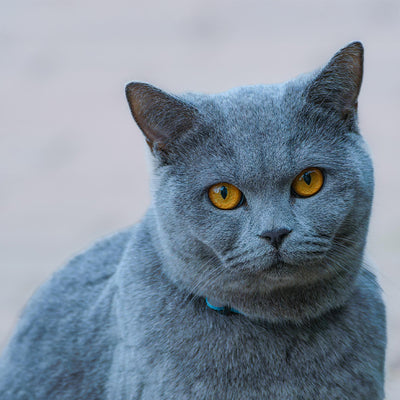
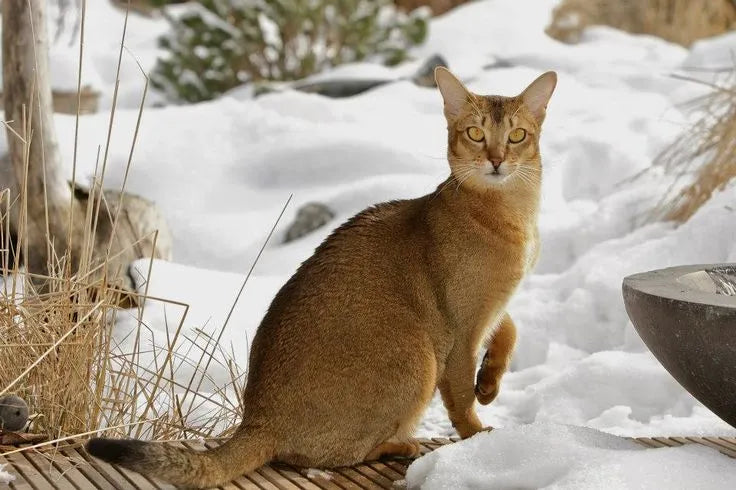
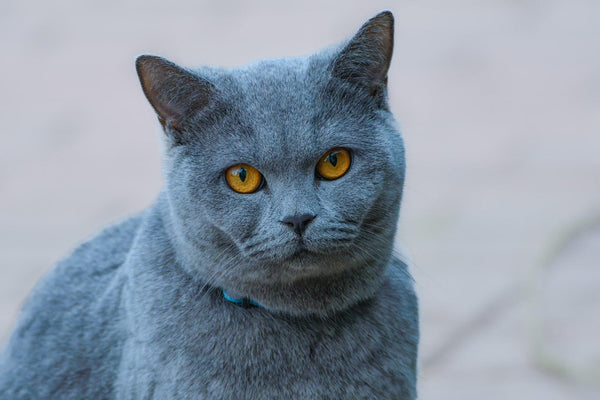
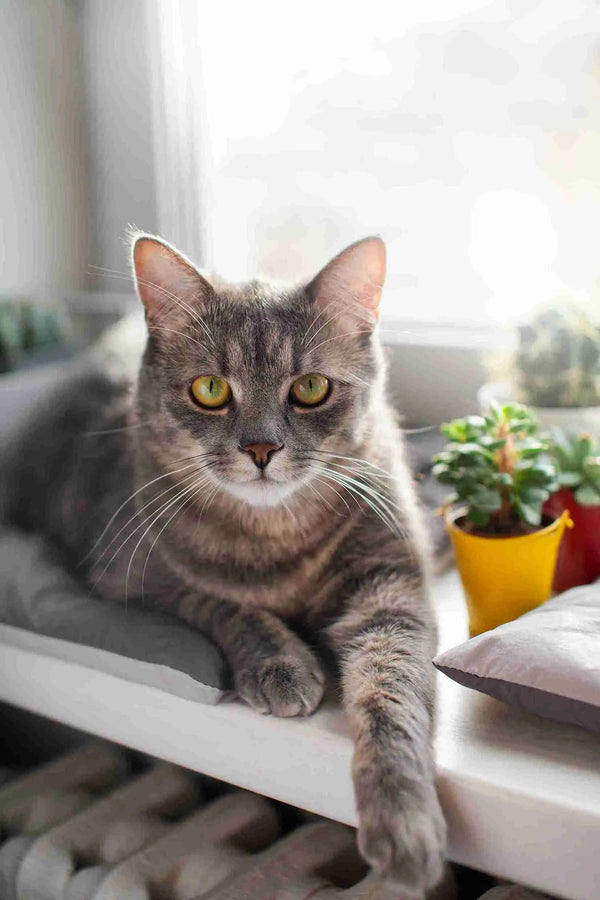
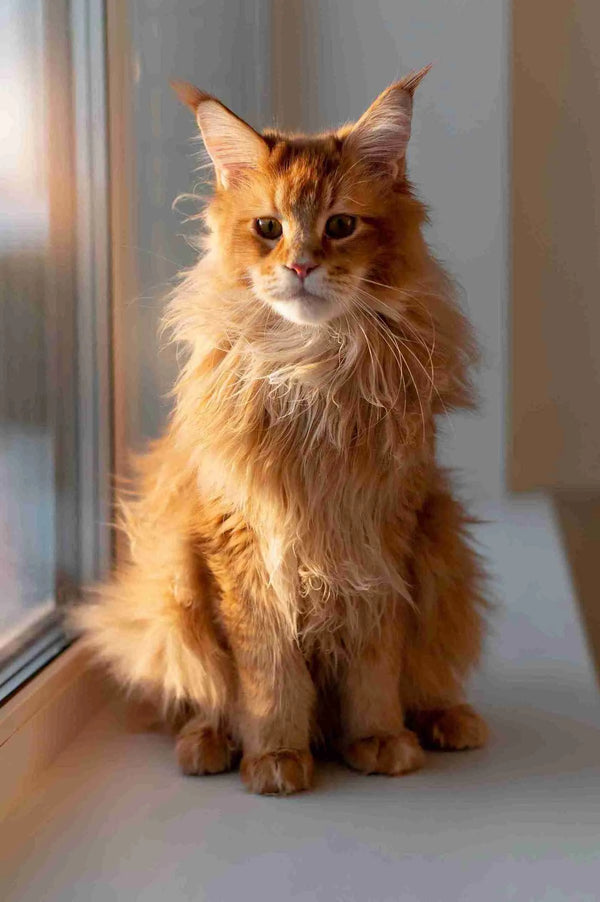
0 comments